Projects
Note that school projects will not have code publicly available. For a full list of school projects not showcased here, you can go to my project journal!
GEMM
Achieved up to 25.2 TFLOPS DGEMM with 4 NVIDIA V100 GPUs linked with NVLink (80.8% of theoretical peak) for NumS using CuPy, cuBLAS, and NCCL in Python. This was a final project for UC Berkeley's CS 267, Applications of Parallel Programs, a graduate course on parallel computing. It was also a contribution to a research project under RISELab, NumS. NumS is a numerical computing library that extends NumPy to distributed systems. It supports backends for Ray, MPI, and Dask. I helped implement a backend for NVIDIA GPUs using CuPy and NCCL.
Achieved up to 15.7 GFLOPS DGEMM on a single core Intel Xeon Phi 7250 (KNL) processor (35.1 % of theoretical peak) with Intel AVX-512 in C. Scored 93rd percentile out of 200+ graduate students. This was a homework assignment for UC Berkeley's CS 267.
Achieved up to 8.2 GFLOPS DGEMM on multiple core Intel i7-4770 processor (28% of theoretical peak) using OpenMP and Intel AVX, FMA in C. This was a school project for UC Berkeley's CS 61C, Great Ideas in Computer Architecture (Machine Structures) where we built a simple NumPy clone. Benchmarked 110X speed up in DGEMM and 2200X in matrix exponentiation against scalar reference implementation. Scored on average top 100 out of 1200+ students out of multiple categories, scored top 10 in matrix elementwise operations category.
Scored 99% percentile simulating integer matrix multiply on Chipyard, a RISC-V simulator. This was a lab assignment for UC Berkeley's CS 152, Computer Architecture and Engineering. Optimized over number of cycles as well as trying to optimize cache coherency on multiple cores.
RISC-V CPU
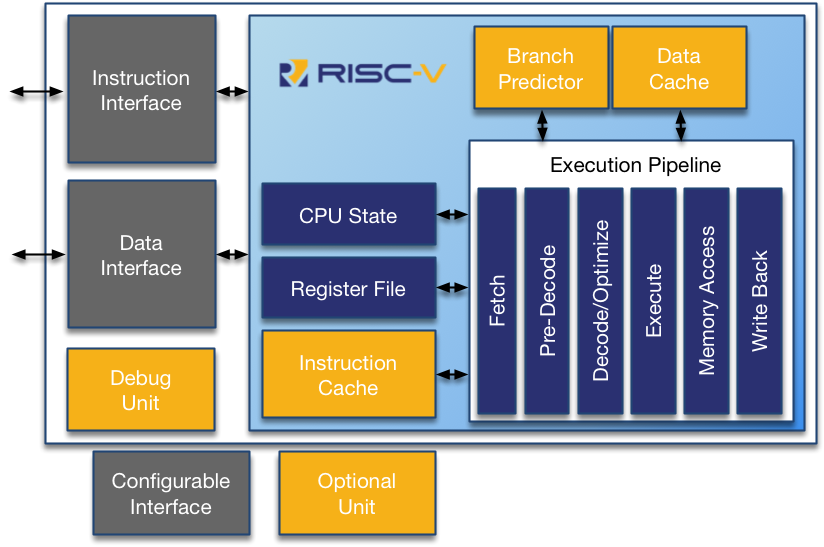
This was a school project for UC Berkeley's CS 61C, Great Ideas in Computer Architecture (Machine Structures). Designed a CPU with datapath, control logic, and memory fully implemented in Logisim following the RISC-V 32-bit ISA. Design scored top 100 out of 1200+ students based on how many logic gates were efficiently used.
Accelerating Video Super Resolution for Smartphones
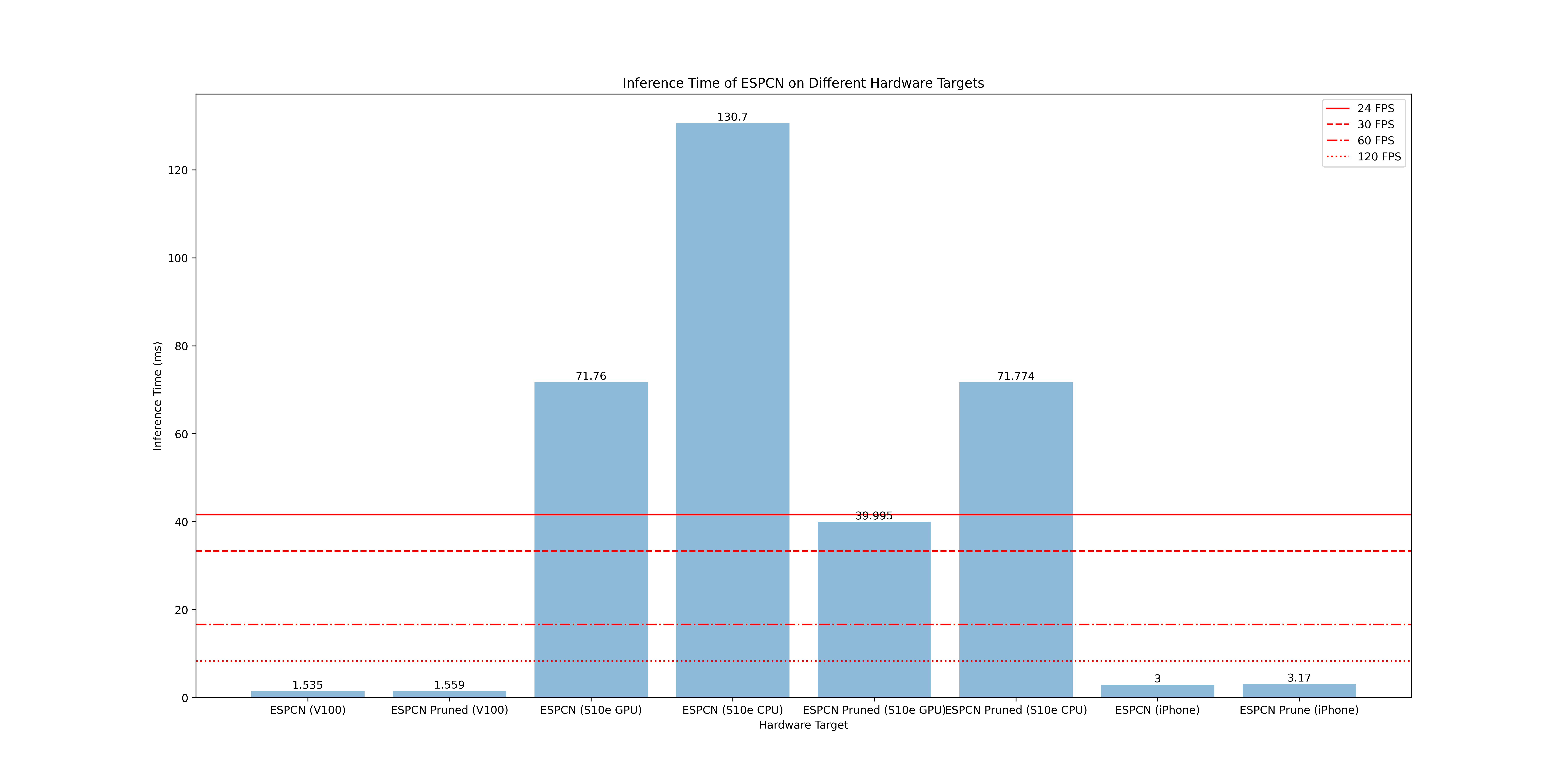
This was a school project for NCSU's CSC 791-025, High Performance Machine Learning and Real-Time AI. Uses pruning, quantization, channel preprocessing, and compiler optimizations via PyTorch and NNI to achieve real-time inference of 25 FPS (40ms per frame) on Samsung Galaxy S10e GPU with CoCoPIE XGen compiler and 333 FPS (3ms per frame) on iPhone 13 Pro Neural Engine with CoreML. Achieves a speedup of 3.27X over original model.
Optimizing DNN Operators for Mobile GPUs
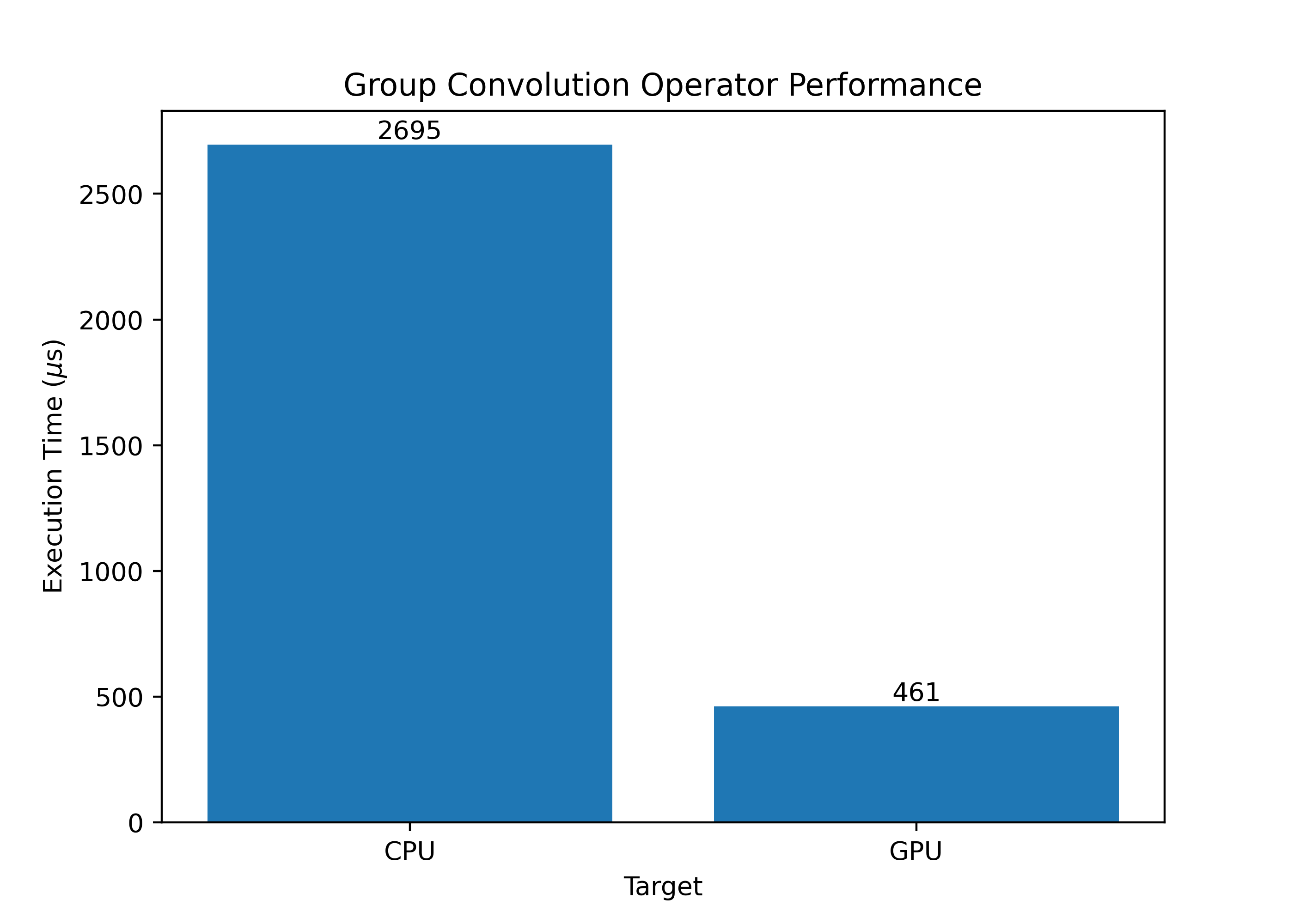
This was a school project for NCSU's CSC 766 Code Optimization for Scalar and Parallel Programs, High Performance Machine Learning and Real-Time AI. Completed GPU support of RegNet to XiaoMi’s MACE framework by adding support for optimized group convolution microkernels in OpenCL and C++. Achieves a speedup of 1.2X on inference over CPU versions of RegNet, with GPU group convolution achieving 5.4X speedup against its CPU operator. The implementation was integrated into CoCoPIE XGen compiler.
Kaggle InClass Prediction Competition
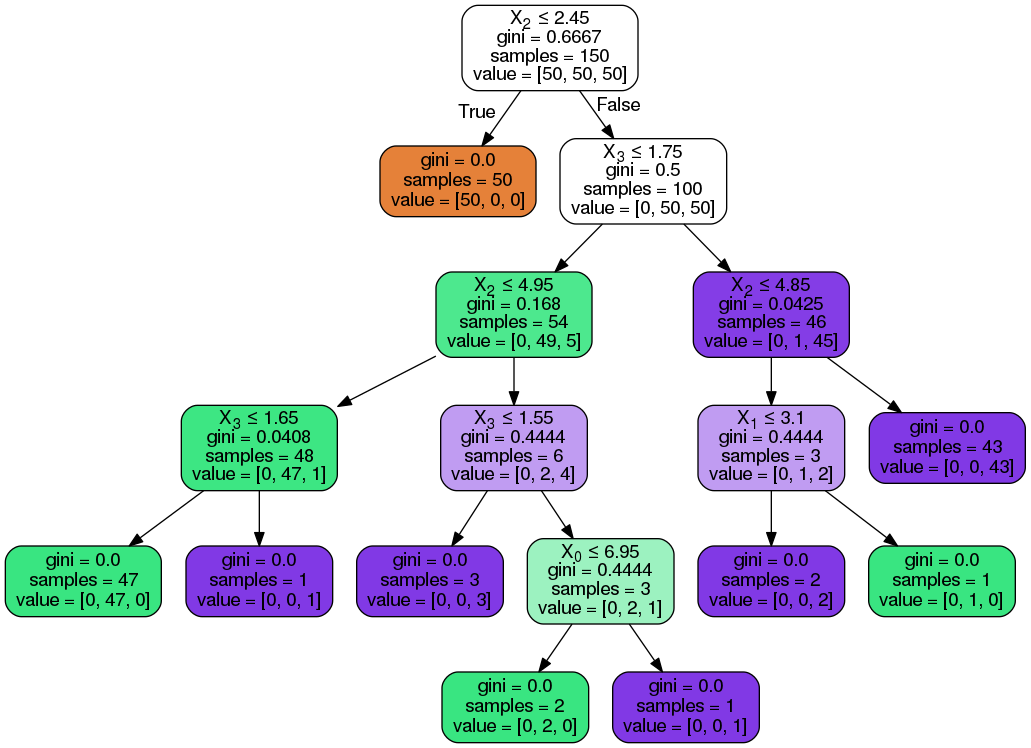
This was a series of homework assignments for UC Berkeley's CS 189, Introduction to Machine Learning. Scored on average top 5% of the class in Kaggle InClass Prediction Competitions consisting of 600+ graduate and undergraduate students. Competed for the best classifiers such as SVMs, GDA, Logistic Regression, Decision Trees/Random Forests, Neural Networks, and Latent Matrix Factorization developed from scratch in Python.
AI Pacman
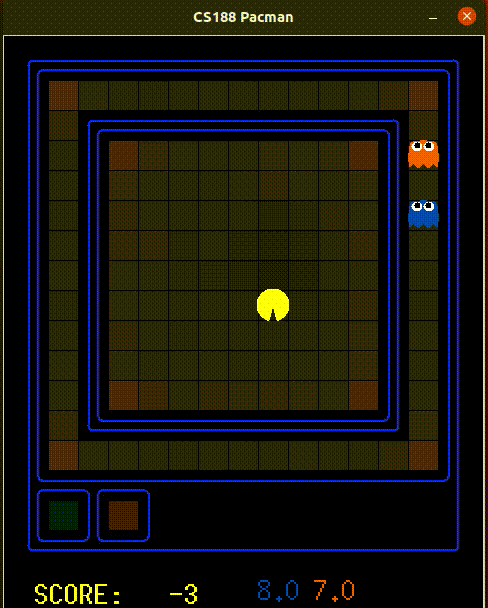
This was a school project for UC Berkeley's CS 188, Introduction to Artificial Intelligence. Encoded a series of AI functionality to the game of Pacman in Python, such as searching algorithms, gametrees, MDPs, reinforcement learning, and Bayesian networks. Scored 5th for best AI agent out of 600+ students.
COVID-19 Visualizations with Data Science and Machine Learning

Visualizations of the novel coronavirus with Python. This was my first step into data science and I really learned a lot through libraries such as Pandas, GeoPandas, NumPy, and MatPlotLib. I primarily used data from NYTimes to analyze US cases and data from JHU CSSE to analyze international cases.
Gitlet
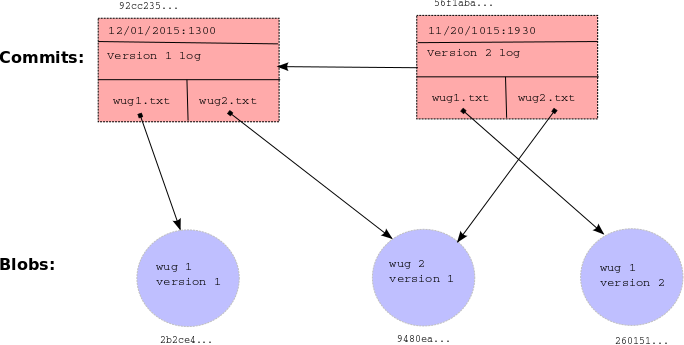
This was for a school project for UC Berkeley's CS 61BL, Data Structures and Programming Methodology. A Git clone made in Java using SHA-1 serialization and basic data structures. Can do basic version control system through the command line such as init, add, commit, log, find, status, branch, checkout, merge, rebase, push, pull, etc.
BearMaps
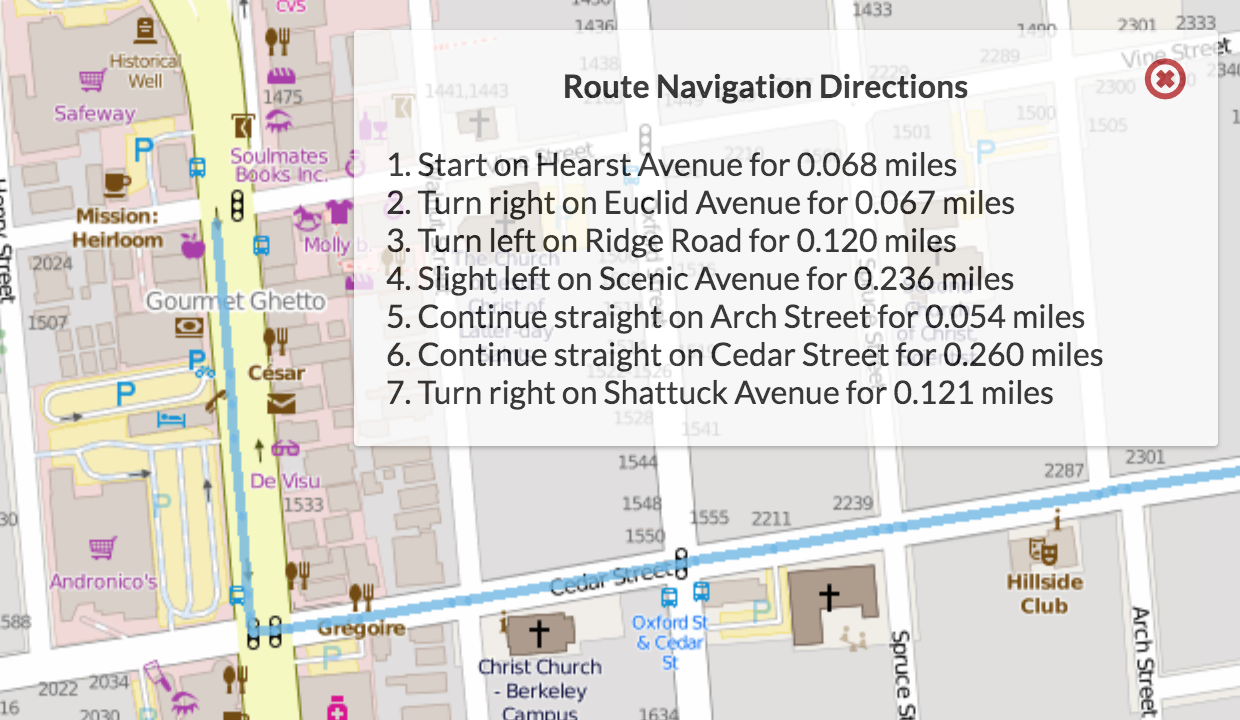
This was for a school project for UC Berkeley's CS 61BL, Data Structures and Programming Methodology. Created a mini web map application deployed on Heroku using OpenStreetMap of Berkeley. Application uses data structures and algorithms such as tries, hashing, A* shortest path, rasterizing, and KD-trees.
SIXT33N Voice Activated Self-Driving Car
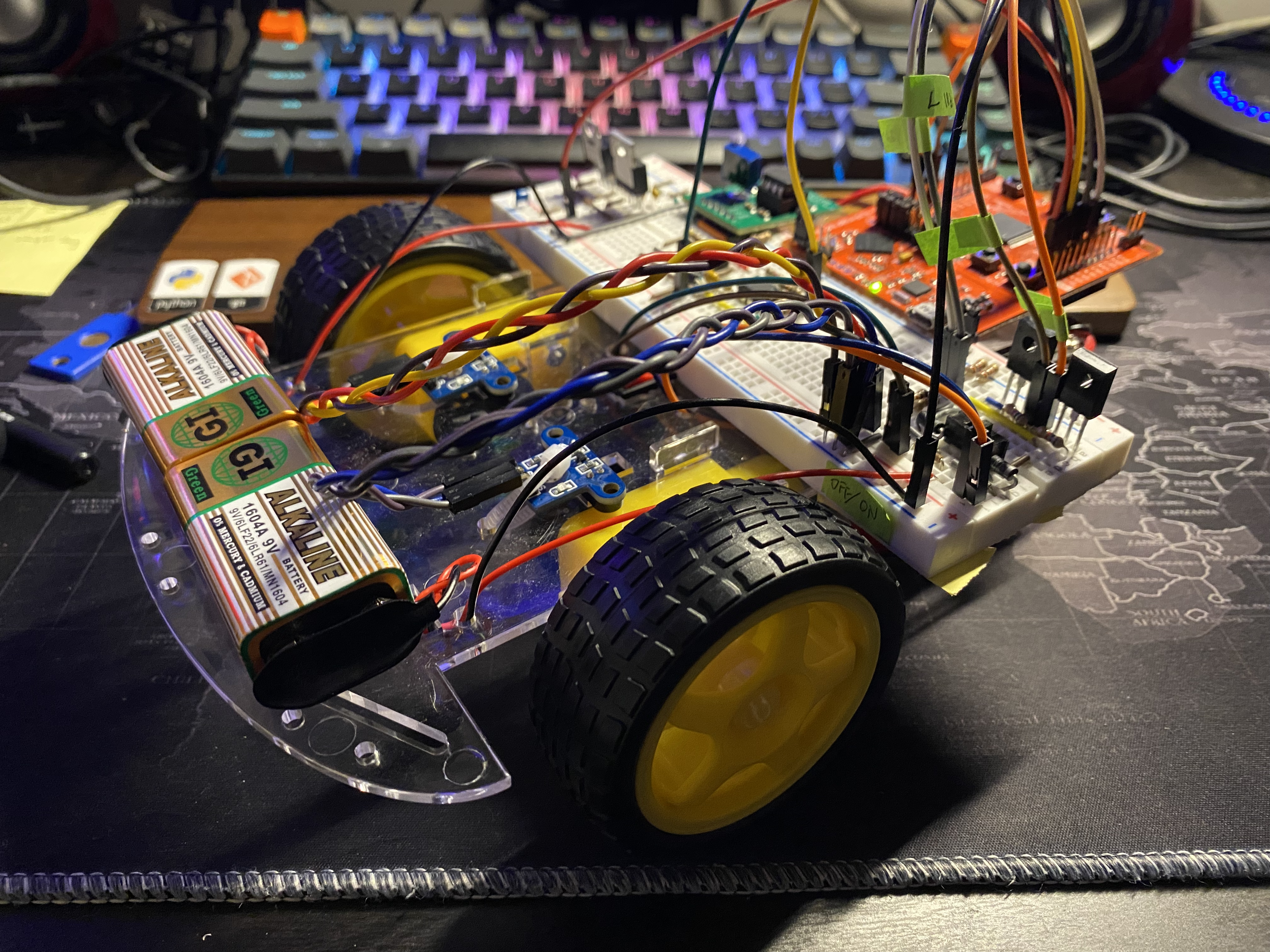
This was a school project for UC Berkeley's EECS 16B, Designing Information Devices and Systems II. Made a self-driving car with circuits, op-amps, filters, and sensors with a TI MSP-EXP430F5529LP microcontroller. Software is written in embedded C/C++ and can recognize four voice commands corresponding to four actions. Commands are classified with unsupervised learning technique using principal component analysis.
Mandelbrot Zoom

A small project in C++ that can make a movie of a zoom in of the Mandelbrot set. Creates bitmap images and uses ffmpeg to stitch frames together into a movie or gif. Computation of the Mandelbrot set, as well creating images is accelerated using OpenMP.